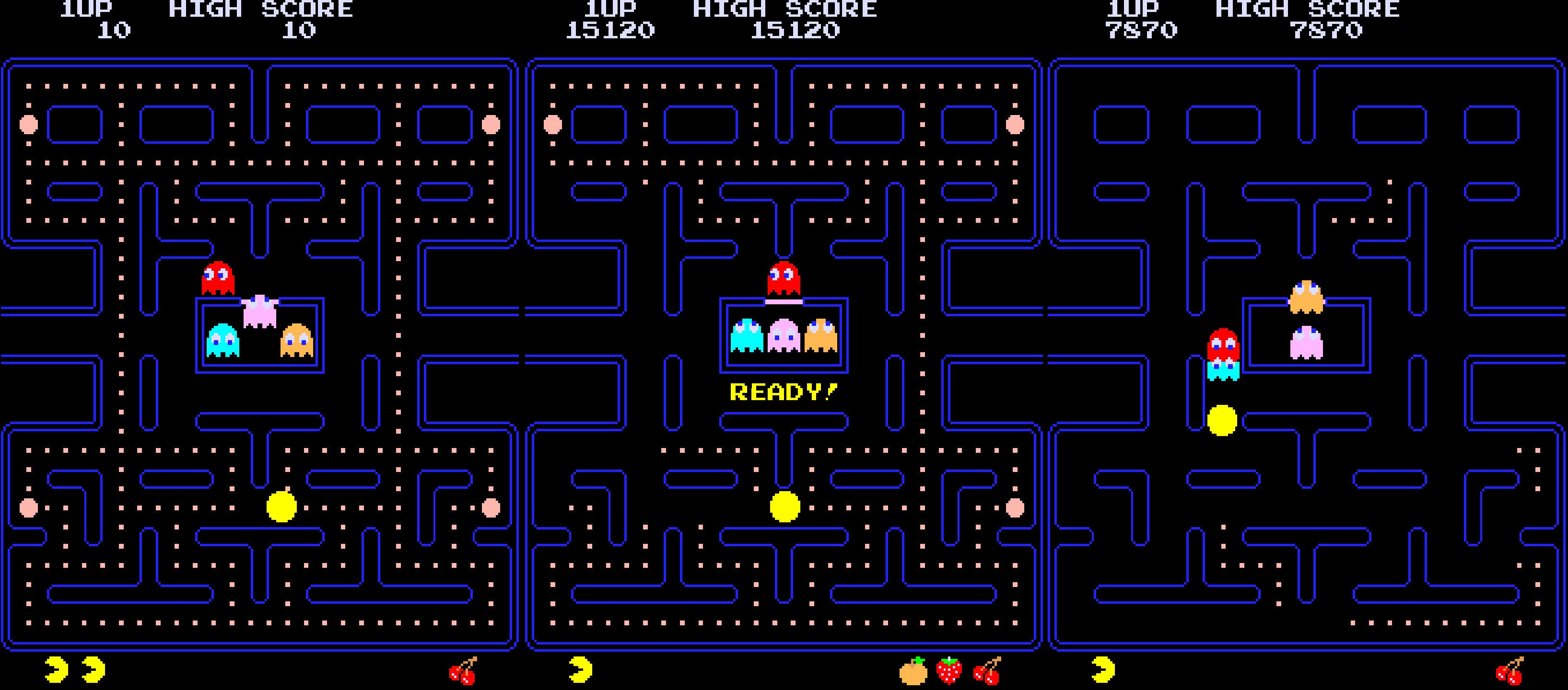Introduction
Pac-Man is arguably the most iconic arcade game ever created. Released in 1980 by Namco (and distributed in the U.S. by Midway), Pac-Man transcended the arcade scene to become a cultural symbol, beloved by millions around the globe. The game’s simple yet engaging mechanics, charming characters, and universal appeal have secured its place as a cornerstone of the gaming world. Let’s explore the rich history, gameplay mechanics, and enduring legacy of Pac-Man.

The History of Pac-Man
Pac-Man was conceived by game designer Toru Iwatani, who aimed to create a non-violent, accessible game that would appeal to both men and women. This was a departure from the prevalent shooter games of the late 1970s and early 1980s. Iwatani’s inspiration reportedly came from a pizza with a missing slice, which led to the creation of Pac-Man’s iconic shape.
Key Facts:
- Release Year: 1980
- Developer: Namco
- Distributor: Midway (U.S.)
- Designer: Toru Iwatani
Cultural Impact: Upon its release, Pac-Man quickly became a global phenomenon, spawning merchandise, animated series, and a host of sequels and spin-offs. It is credited with significantly expanding the gaming demographic and boosting the popularity of video games worldwide.
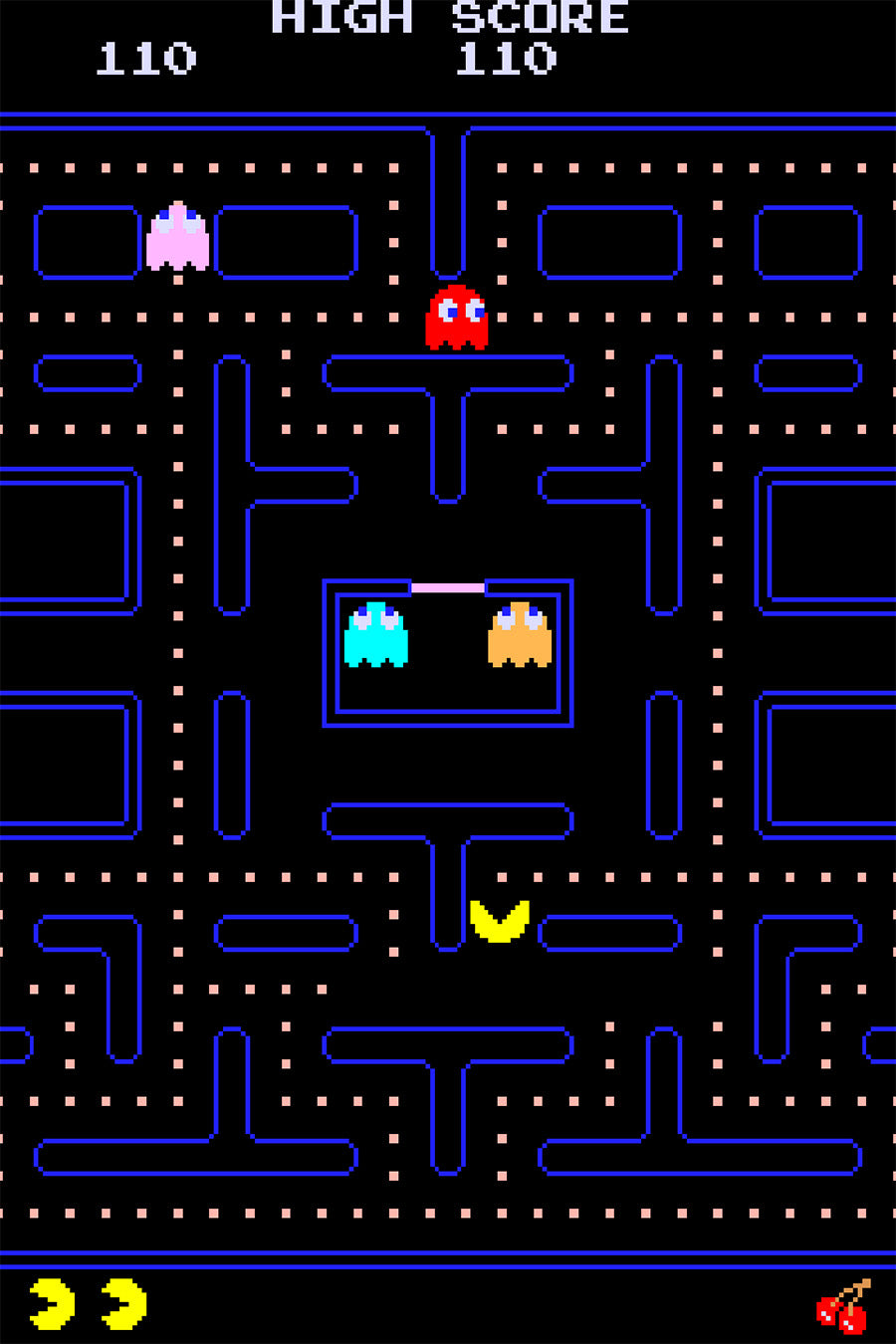
Pac-Man Gameplay Video
Gameplay and Objectives
In Pac-Man, players guide the titular character through a maze filled with dots, known as “pac-dots,” while avoiding four colorful ghosts named Blinky, Pinky, Inky, and Clyde. The objective is to clear the maze by eating all the pac-dots while avoiding capture by the ghosts.
Gameplay Features:
- Power Pellets: Four larger dots, known as power pellets, are placed in each corner of the maze. Eating one temporarily turns the ghosts blue, allowing Pac-Man to chase and eat them for extra points.
- Fruit Bonuses: Various fruits and items appear periodically in the maze, offering bonus points when collected.
- Ghost Behavior: Each ghost has unique AI behavior, contributing to the game’s strategic depth. For example, Blinky (the red ghost) aggressively pursues Pac-Man, while Clyde (the orange ghost) moves unpredictably.
Tip for Players: Learn the ghost movement patterns and use the maze's corners to trap and escape them strategically. This knowledge can significantly improve your chances of completing levels and achieving high scores.
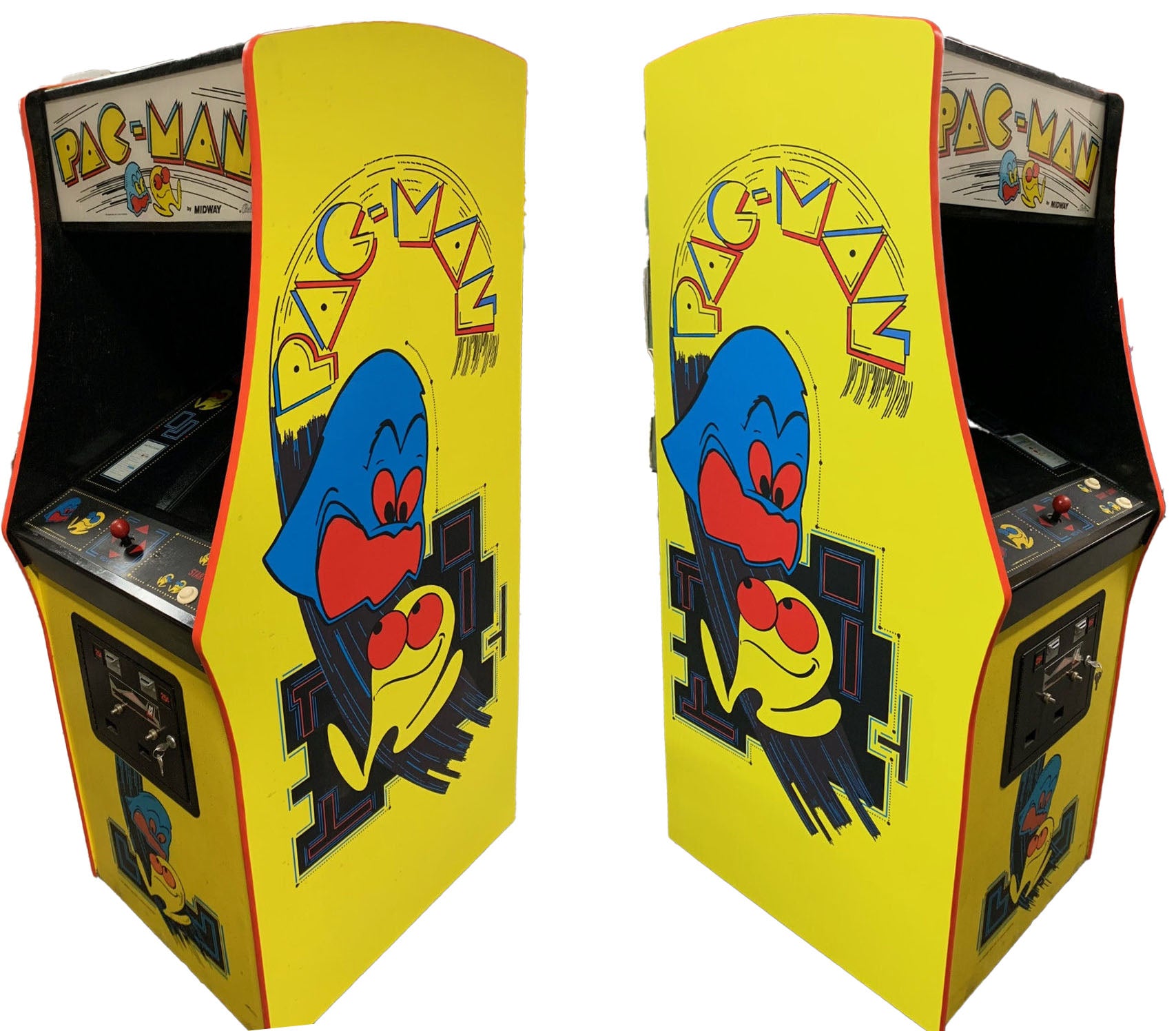
Legacy and Player Reception
Pac-Man is more than just a game; it’s a cultural landmark that influenced generations of gamers and game developers. With over 100,000 arcade units sold within its first year and countless versions and ports to home consoles and mobile devices, Pac-Man remains a staple in gaming history.
Community Feedback:
- Players Appreciate: The addictive gameplay, charming design, and strategic challenge that has kept the game relevant for decades.
- Critics Note: The simplicity of Pac-Man has made it both accessible for beginners and challenging for experts aiming for perfect scores.
Awards and Recognition: Pac-Man holds the Guinness World Record for the “Most Successful Coin-Operated Game,” solidifying its status as an arcade legend.
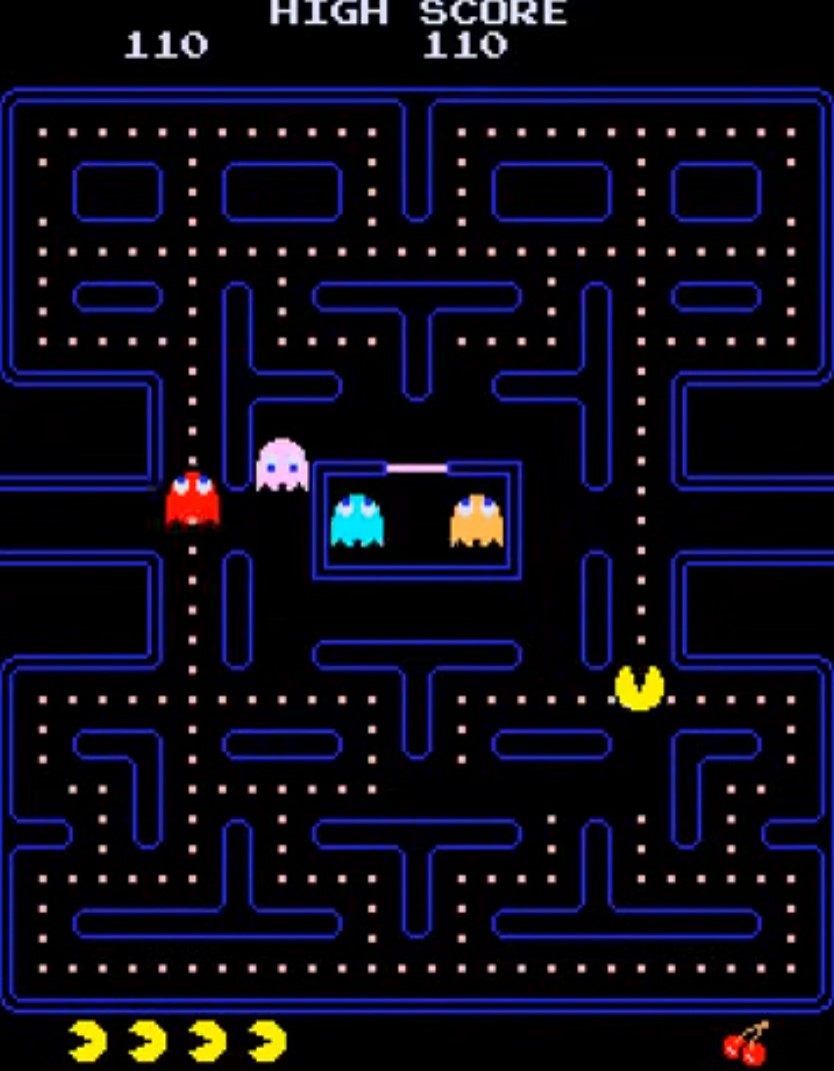
Pac-Man Ghosts Explained Video
Fun Facts
- Name Origin: The game was originally called Puck Man in Japan but was changed to Pac-Man for the U.S. release to avoid vandalism that could turn the “P” into an “F.”
- Perfect Score: The highest possible score in Pac-Man is 3,333,360 points, achievable by clearing all 256 levels without losing a life and eating every dot, ghost, and bonus item.
- Endless Influence: Pac-Man has inspired everything from board games and toys to animated TV series and movies, reinforcing its status as an enduring pop culture icon.
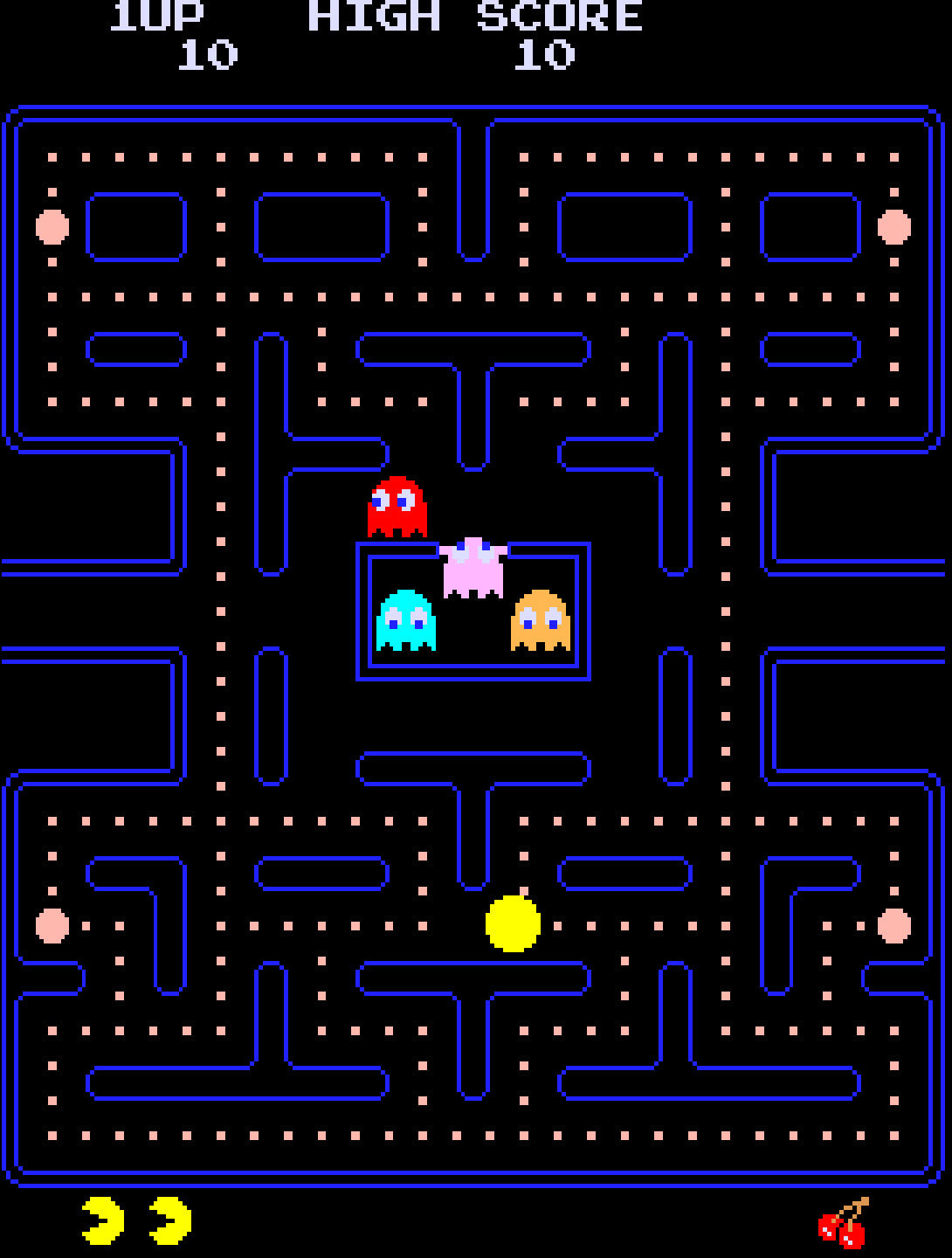
Conclusion
Pac-Man is not just a game but a timeless piece of entertainment that embodies the golden age of arcades. Its influence on the gaming industry, pop culture, and player nostalgia is unparalleled. Decades after its release, Pac-Man continues to be celebrated as one of the greatest video games of all time. Whether you’re a long-time fan or new to the arcade scene, playing Pac-Man is an essential part of the gaming experience.
Explore More:
Interested in more arcade classics? Check out our pages on other iconic games like Ms. Pac-Man, Donkey Kong, and Galaga to learn more about the history and legacy of these arcade legends.
FAQ
Why is Pacman Yellow?
Pac-Man's iconic yellow color stems from practicality and design choices. Created in 1980 by Toru Iwatani, the game's limited graphics technology demanded high visibility. Yellow stood out well against the black maze background. The choice also aligned with Pac-Man's pellet-eating concept, resembling a slice of pizza. Additionally, yellow conveyed a non-threatening, cheerful demeanor, appealing to a broader audience. This decision not only optimized visibility but contributed to Pac-Man's enduring popularity as a friendly and recognizable character in the gaming world.
What are the main differences between Pacman and Miss Pacman?
Both 'Pac-Man' and 'Ms. Pac-Man' are beloved arcade classics with subtle differences. 'Ms. Pac-Man' introduces diverse mazes and unpredictable ghost behavior, enriching the gaming experience. Longer-lasting power pellets that flash when edible add an element of strategy. The game's charming backstory narrates the meeting of Pac-Man and Ms. Pac-Man. Vibrant graphics distinguish 'Ms. Pac-Man,' enhancing visual appeal. While 'Pac-Man' retains its classic charm with simpler mazes and predictable ghosts, 'Ms. Pac-Man' offers a refreshing blend of challenges and narrative intrigue. Learn more here.
Who created Pacman?
Pac-Man was created by Toru Iwatani, a Japanese game designer at Namco. Iwatani aimed to develop a game that would appeal to a wider audience, including women, diverging from the intense themes of existing arcade games. Inspired by the idea of eating and a pizza with a slice missing, he conceived Pac-Man. Released in 1980, Pac-Man's innovative gameplay, charming characters, and approachable design led to its immense global popularity, becoming a cultural icon and shaping the future of video games.
What are the ghost names in Pacman and what behaviors do they have?
- Blinky (Red): Blinky is the fastest and most aggressive ghost. He always chases Pac-Man, aiming to corner and catch him.
- Pinky (Pink): Pinky's behavior is to position himself ahead of Pac-Man's current direction, attempting to cut him off and ambush him.
- Inky (Cyan): Inky's behavior is more complex. He uses a combination of Blinky's position and his own to determine his target, often leading to unpredictable movements.
- Clyde (Orange): Clyde's behavior is a mix of randomness and caution. He might chase Pac-Man, but when he gets too close, he tends to scatter and move away.
How do you play Pacman?
In Pacman, you control a character that moves through a maze, eating pellets while avoiding ghosts. The objective is to clear all the pellets in the maze without being caught by the ghosts.
What are the different types of power-ups in Pacman?
The primary power-up is the Power Pellet, which turns ghosts blue and edible. Eating a blue ghost awards extra points. There are also bonus fruit items that appear periodically for additional points.
What is the High Score in Pacman?
The recognized world record for the highest score in the original arcade version of Pacman was achieved by Billy Mitchell in 1999, with a score of 3,333,360 points.

